Tesla is known as a cutting edge producer of electric cars. Their models are jam-packed with the latest digital technology, including a giant infotainment screen, all digital displays, space-age design, and even cunning AI features like autopilot.
With all this in mind, when some people heard that Tesla is also known for stuffing foam into its tires, it raised a few eyebrows. What is this tire foam for? Why does a state-of-the-art company like Tesla rely on crude foam?
In today’s blog, we’ll be looking more closely at this tire foam: what it is, why they put it in the tire, and other related questions. Let’s get rolling.
Why Does Tesla Put Foam in Tires?
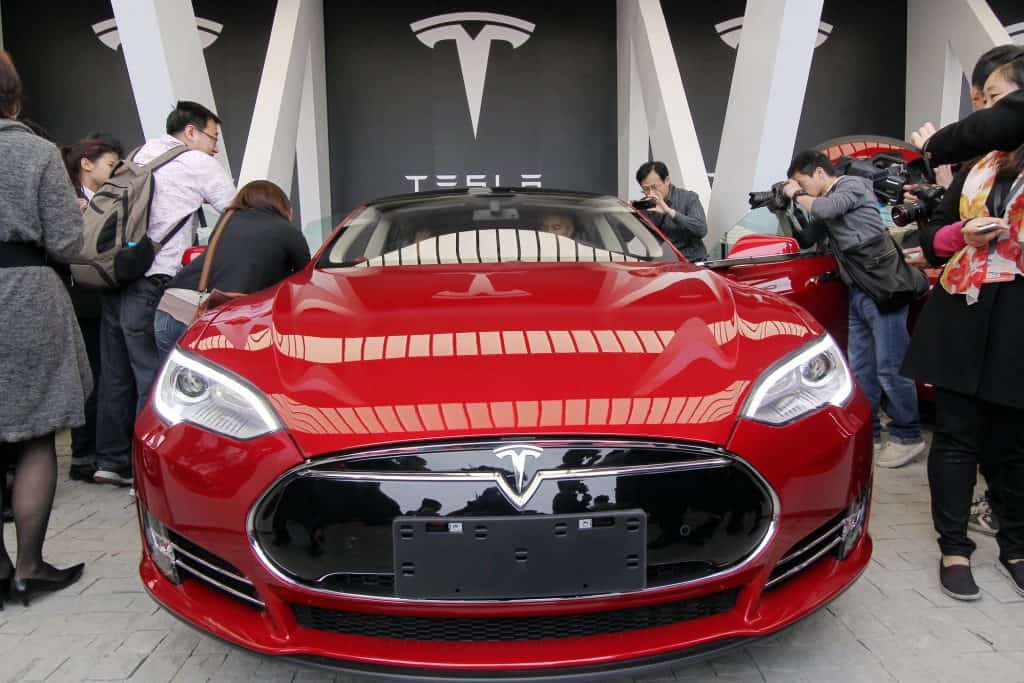
What is this foam that we’re speaking of? Back in 2017 there was a Twitter user who — as many Tesla fans and owners like to do — tweeted to Elon Musk and Tesla about improving tire noise in the Model S and Model X cars. Elon Musk said:
Latest S and X tires have internal acoustic foam.
Elon Musk, Twitter, July 14, 2017 at 6:25AM
From here people started talking about Teslas and their foamy tires. This technology was not invented by Tesla or for Tesla, but has actually been adopted by most major tire producers, including those that supply Tesla such as Continental and Michelin. Continental calls it their “ContiSilent” technology, whereas Michelin has the less imaginative name “Acoustic Technology.”
Function of the Acoustic Foam
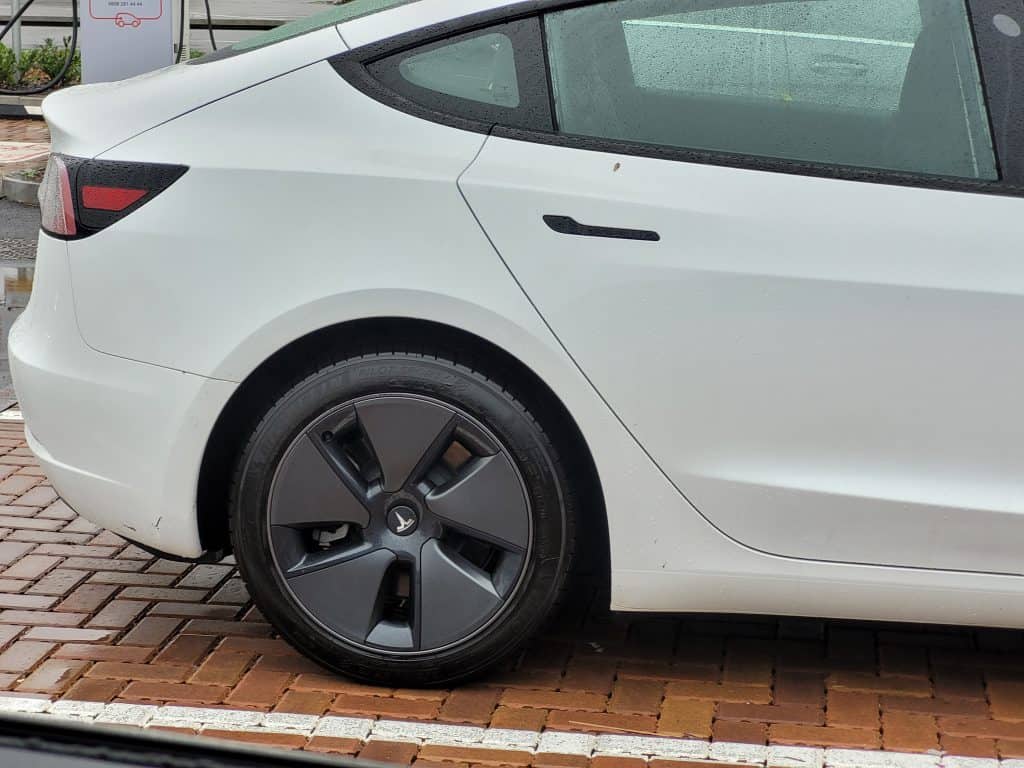
As you might guess from the content of the tweet to which Elon Musk was replying, and from the specific names that different brands have given the technology, the issue of foam in tires is noise reduction. It’s now the norm for Tesla tires to have this technology as a way to reduce cabin noise.
Some might wonder why this is necessary in an electric car. If there’s no engine and no sputtering exhaust system, then where exactly is all this noise coming from in the passenger cabin of a Tesla car? The answer is the tires.
In the absence of the engine and exhaust, then the noise generated by the tires rolling on the road now has a kind of acoustic monopoly in the cabins of Tesla cars.
The problem is clearly big enough for people to complain and clearly the removal of internal combustion is not enough to reduce cabin noise in Tesla’s cars. The foam therefore is a way to achieve a quieter cabin.
How Does the Acoustic Foam Work?
The foam used in Tesla’s tires is made from a special kind of polyurethane that is placed as a layer inside the tire’s inner surface. What the foam does is absorb at least some of the cavity noise, thus preventing it from being transmitted into the passenger cabin. The reduction in noise can be as much as 9 dB.
Is 9 dB a lot? Is that a huge difference in terms of cabin noise? The inside of a Tesla cabin while driving at speed on a highway is about 60-70 dB, roughly the same as conversation. It’s why you can talk without raising your voice, and why even relatively loud music will drown out all of the noise from the wheels rolling, whether they have foam or not.
Therefore, a reduction in 9 dB is quite significant since it represents 15 percent of the total. That’s pretty good for a single layer of polyurethane foam.
Furthermore, the foam is an attractive addition because its presence within the tire doesn’t impact in any way the performance or structure integrity of the tire. There is no greater chance of getting a puncture or a blowout, nor is the tire weakened in any way to make it or its sidewall or tread any more susceptible to damage than it would be anyway.
The foam also has no bearing on things like handling, speed or performance in different weather conditions.
Do I Need to Buy the Tires with Foam?
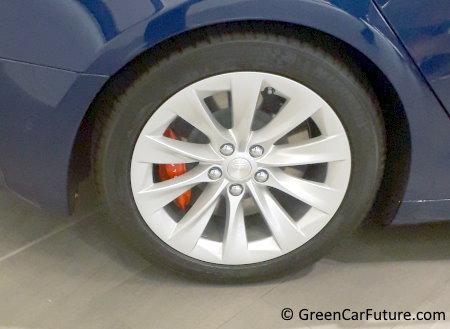
Let’s imagine a scenario in which you are replacing the tires on your Tesla and you perceive that the foam ones from Tesla are very expensive. Is that what you have to purchase now? Does Tesla only offer the foam-filled tires, or can you go for a simpler (and hopefully cheaper alternative). The answer to this question is not quite as simple as you might assume.
First of all, the foam itself is not required for any mechanical or running aspect of the Tesla. The foam isn’t there as part of the car’s function or propulsion. Therefore, if you were to ride on tires without foam for whatever reason, they would work just fine. The proper and normal working of your Tesla is not contingent on having the foam-filled tires.
However, Tesla’s entire range of tires currently does come with the acoustic foam in there. More important than this, however, is that Tesla tires are special, as are all EV tires. An EV doesn’t use exactly the same tires as a regular gasoline car – you can sometimes see this by the “ev” at the end of the tire name:
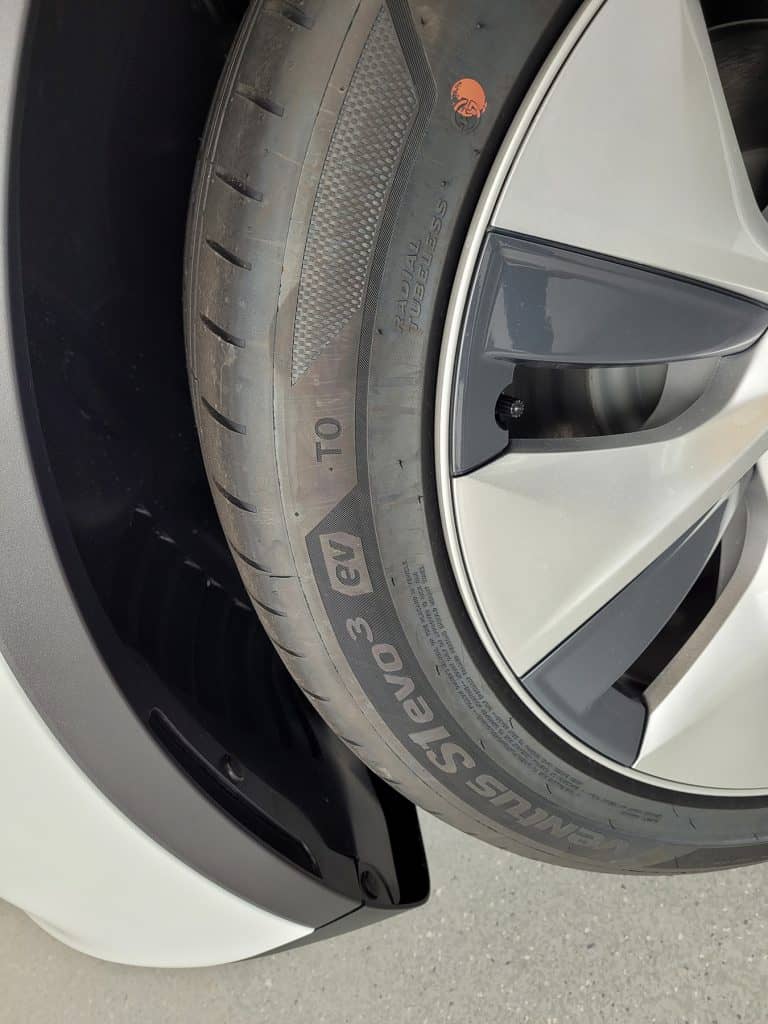
The EV has special requirements based on its function that regular tires can’t handle very well.
- Torque – Electric cars like Teslas are basically just giant torque machines. The instant torque created by a Tesla’s electric motor is far too strong for regular tires to handle. Companies like Continental and Michelin have worked closely with Tesla to create tires that can withstand that level of torque.
- Weight – People think that because there’s no bulky metal engine under the hood that electric cars must be lighter than their gasoline counterparts. The sleek and space-age designs lend credence to that theory as well, but despite that logic they are wrong.
A Tesla is a particularly heavy vehicle and not just any tires can bear that kind of weight. Tire makers have specially created and sculpted these tires to work more effectively with the weight and torque of these electric cars.
So, it’s not that you need to buy the tires with foam, but you do need to buy the tires that are especially made for electric vehicles. As it happens, the ones that Tesla sells are ones that do come with the foam lining. They were originally just a feature on the top-end variants of the Model S and X back in 2017, but now the design has become the standard for Tesla tires.
Could I “Mix and Match” the Tires?
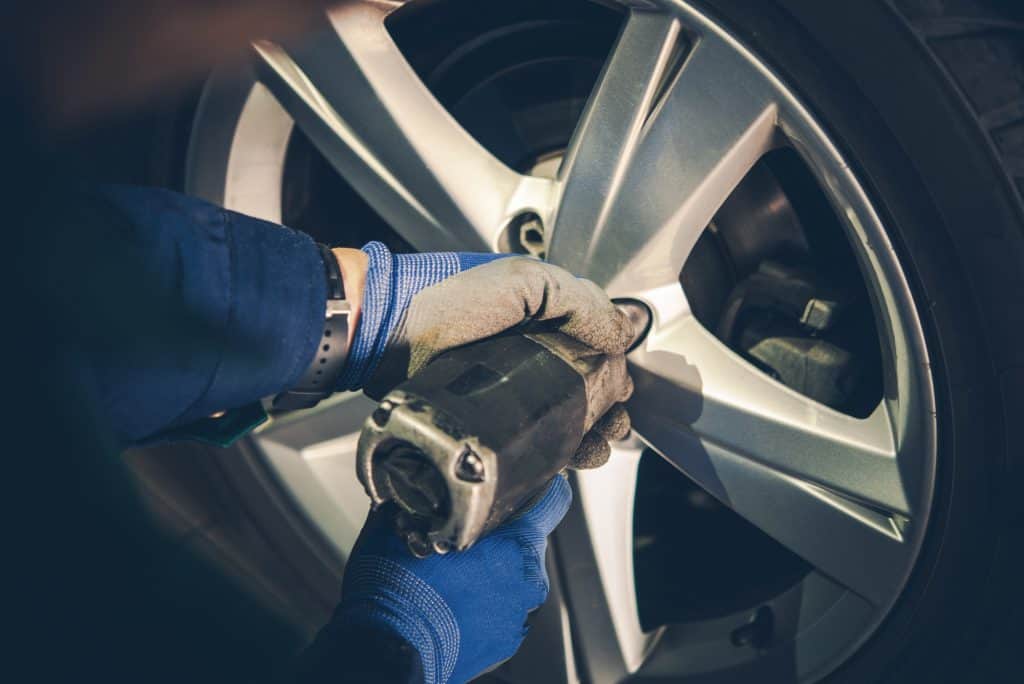
Yes, you could “mix and match” different Tesla tires. From a mechanical standpoint, the foam isn’t what’s most important about Tesla or other EV tires. What’s important is that the tire is constructed, balanced and reinforced in such a way that it can withstand the car’s torque and additional weight.
The foam has nothing to do with these qualities. The foam is purely there for noise and vibration reduction. It wouldn’t create any significant imbalance therefore to mix and match, just so long as the tires were otherwise identical.
It’s not entirely clear why anyone would want to mix and match with the foam, but one area you definitely can’t mix and match is on the more fundamental tire type. You wouldn’t want to mix Michelin and Continental, for instance, not the sizes, nor the tread patterns, nor the other outer physical attributes that make tires suited (or not) to a Tesla. You at the very least need a set of tires that is designed and engineered to work on an EV.
Now that the foam has become the norm, however, it makes sense to simply stick with the OEM product and enjoy the benefits of the noise reduction that these tires bring. The reason the foam has spread to other models is because it works so well, with many Model X and Model S drivers reporting from early on that the foam really did make a difference.
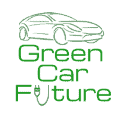
Thanks for your writeup. You should look up how the decibel scale works. It’s logarithmic. A sound level of 60dB is twice as loud as 50dB. A 9dB reduction as stated in your article would equate to almost half as much noise.
Whoops, noted thanks – will review and update the article shortly.